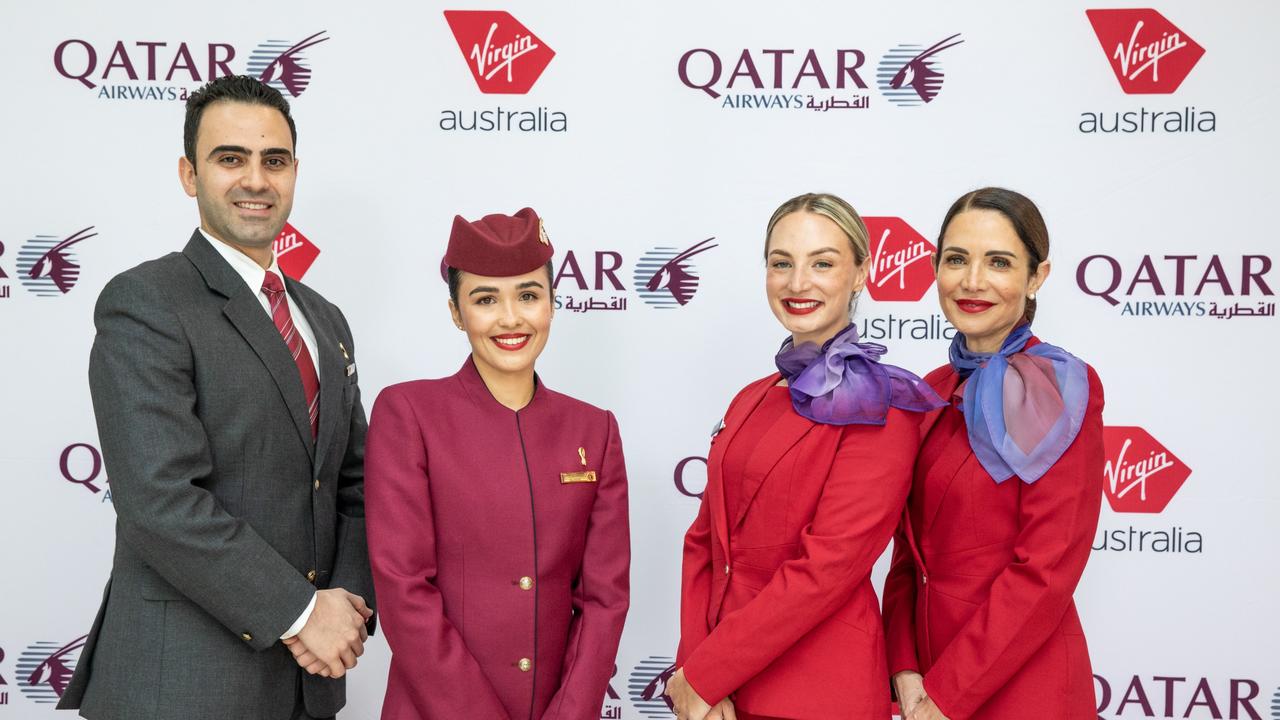When regional fares cost the earth … and more
The crippling airfares charged for regional services have left townships bitter about Australia’s major airlines.

The crippling fares charged for regional air services have left towns bitter about the corporate muscle of Australia’s major airlines.
Residents of places such as Mount Isa, Cloncurry, Weipa, Kununurra and Newman feel they are being held to ransom for living in a remote place, and being forced to pay thousands of dollars in airfares if they wish to travel any significant distance. It is not unusual for fares between destinations such as Mount Isa and Townsville, or Weipa and Brisbane, to cost more than fares from Sydney to Los Angeles.
The issue is the subject of a Senate inquiry co-chaired by Queensland senator Barry O’Sullivan, but Mount Isa mother of three Emma Harman is sceptical about what the inquiry will achieve.
In late March, Mrs Harman’s husband, Sean, died in a car crash she blames on the high cost of airfares on regional routes.
Faced with an exorbitant bill to fly their son from Mount Isa to Sydney where he was to board the Young Endeavour, the Harmans opted to drive 1200km to Cairns and pay a much lower fare to Sydney. Just over 200km from their destination, Mr Harman, 43, swerved to avoid animals on the road and their vehicle careered into a tree.
His wife and three children survived but he was killed. Yesterday, his grieving widow said she felt compelled to speak out because airfares and services on regional routes “needed attention”.

“When our friends and family came to town for Sean’s funeral, some of them travelled from New Zealand and still paid more to fly from Brisbane to Mount Isa then they had for the first leg of their trip,” Mrs Harman said. “They were horrified.”
She said in nine years of living in the town, airfares had remained consistently high at the same time as the aircraft had deteriorated.
“We pay high Qantas or Virgin Australia fares, then we get Alliance planes that are really old,” Mrs Harman said. “There’s no in-flight entertainment, the food is substandard and sometimes the planes don’t even turn up.”
It is a view shared by her state member, Rob Katter, who is frustrated at seeing remote communities treated as second-class citizens by airlines. “We’ve had families taking out personal loans to get to funerals,” Mr Katter said.
“A lady who works for me in the office, her kids often make sporting teams but they have to say no, because they can’t afford to send them away. There’s so many stories like that.”
He said the federal government should compel airlines to reveal more about their pricing.
Senator O’Sullivan said the Senate inquiry was looking for evidence of price gouging and other behaviour for which airlines could be held accountable.
“We’ve seen, for example, where through inclement weather a particular highway is cut, and the airfare doubled until the road opened up again,” Senator O’Sullivan said. “That would appear to be a classic example of (airlines) taking advantage of the circumstances of more remote communities.”
Airlines would have the opportunity to front the inquiry in due course, and provide more details about their pricing models, he said.
Qantas’s submission to the inquiry rejected the perception that regional routes were high-yielding or lucrative for the airline.
“The cost of operation for a regional flight is always higher per passenger than on services between capital cities,” said the submission by Qantas group executive Andrew Parker. “With fewer passengers and frequencies to distribute costs, it is difficult to achieve efficiencies on regional routes.”
Virgin’s submission said regional fares fluctuated due to several factors, including demand, how close the date of booking is to the travel date, competitive activity, seasonality, operating costs and third-party costs such as airport pricing and taxes.



